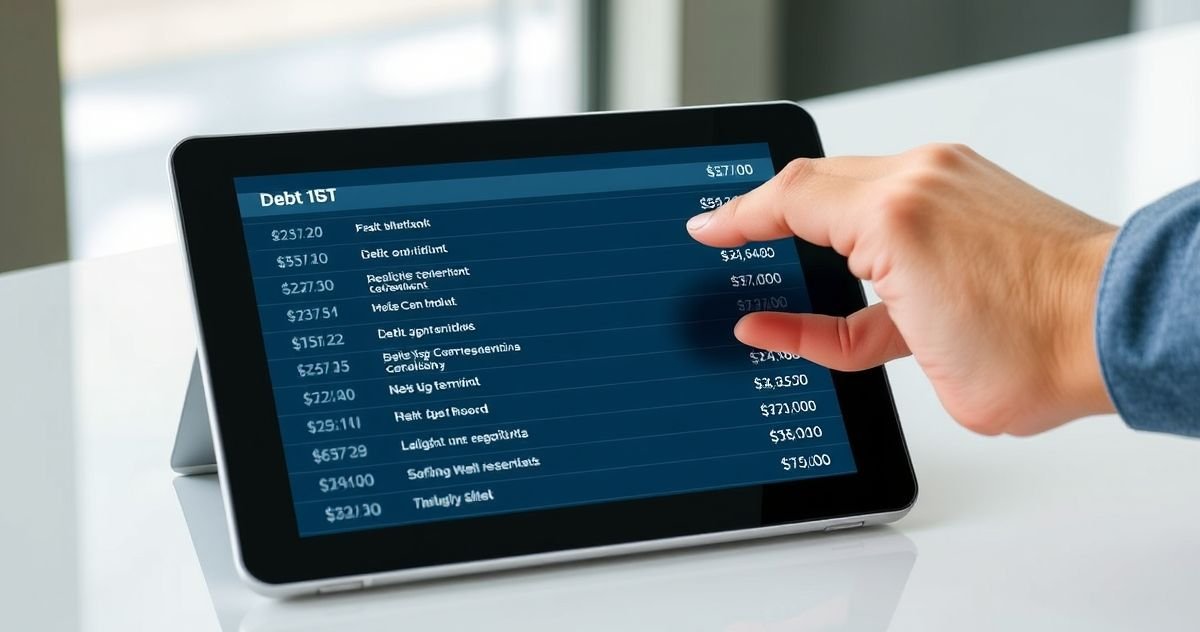A debt stack is essentially a comprehensive inventory of all your debts, arranged to help you develop a clear and actionable payoff plan. Instead of a vague sense of owing money, a debt stack provides specifics: the creditor’s name, the exact balance, the interest rate (APR), and the minimum monthly payment for each debt.
Creating a debt stack is the essential first step before applying well-known debt repayment methods such as the debt snowball method or the debt avalanche method. These strategies rely on having all debt information in one place to prioritize which debts to pay off first.
How to Build Your Debt Stack:
-
Gather Your Debt Information: Collect statements or log into your accounts for all types of debts, including credit cards, student loans, auto loans, personal loans, medical bills, “Buy Now, Pay Later” loans, and mortgages.
-
Create a Table: List each debt with these columns: Creditor Name, Total Balance, Interest Rate (APR), and Minimum Monthly Payment.
-
Organize and Prioritize: Sort your stack by highest interest rate first if using the debt avalanche method, which saves more on interest. Alternatively, sort by smallest balance first for the debt snowball method, which builds motivation through quick wins.
Example: Suppose you owe $4,500 on a credit card at 21.99% APR, a $1,800 personal loan at 12%, an $11,200 car loan at 6.5%, and a $25,000 student loan at 4.99%. Using the debt avalanche, you’d target the credit card first. Using the debt snowball, you’d focus on the personal loan first.
Regularly updating your debt stack, at least monthly, helps track your progress and adjust your plan. Tools like budgeting apps can simplify managing your debt stack.
Remember, the debt stack itself is not a repayment method but a crucial organizational tool that enables effective debt payoff strategies. For detailed methods, see our full guides on the debt snowball method and debt avalanche method.
For more information on managing debts and repayment techniques, visit official resources such as AnnualCreditReport.com to check your complete credit accounts.
Sources:
- NerdWallet: The Debt Stacking Method: How It Works (https://www.nerdwallet.com/article/finance/debt-stacking-method)
- Forbes: Debt Avalanche vs. Debt Snowball: Which Is Better for You? (https://www.forbes.com/advisor/debt-relief/debt-avalanche-vs-debt-snowball/)
- Investopedia: Debt Avalanche (https://www.investopedia.com/terms/d/debt-avalanche.asp)



